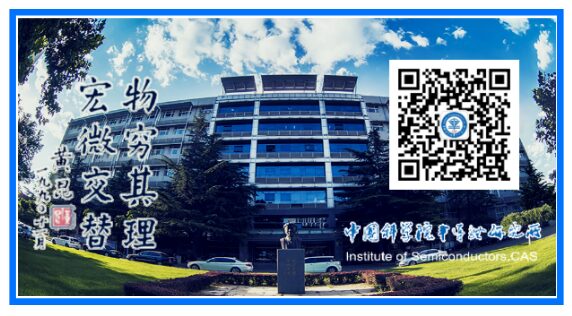
Industry and academic researchers have developed four new energy harvesting solutions for low-power devices. For applications where battery or wall-connected power is impractical (or would significantly increase cost and complexity), energy harvesting provides an alternative for continuous energy conversion and storage.
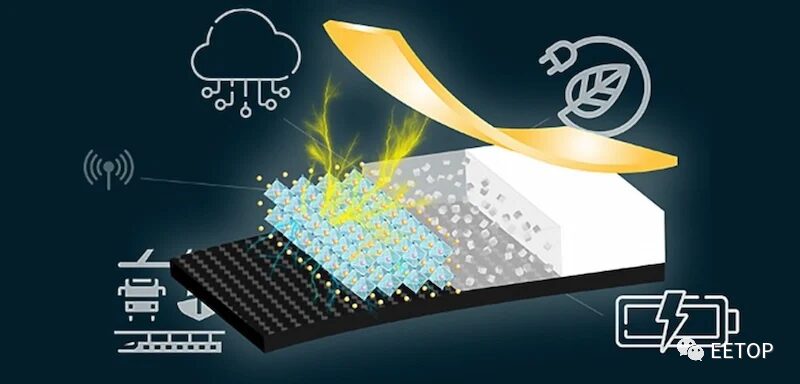
Researchers recently developed a device that harvests energy from vibrations (more details below). Image courtesy of Northeastern University*
Due to the presence or absence of environmental energy in different environments, energy harvesting often requires a specific application solution. Therefore, this article explores four new technologies that can be used to harvest energy in various situations, providing designers with insights into the current state of the technology and how these technologies enable new applications and architectures.
Vibration Energy Harvesting
First, a new advancement by researchers at Northeastern University has successfully created a vibration energy harvesting solution using piezoelectric materials. Piezoelectric materials have the unique ability to convert mechanical stress into electrical energy, allowing the harvester to utilize ambient vibrations to power sensors.
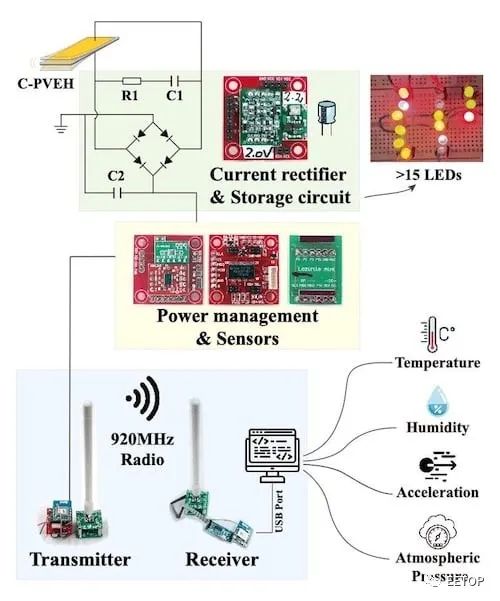
The piezoelectric vibration energy harvester can be used for long-term energy storage, enabling infrequent transmissions, completely eliminating the need for batteries in connected sensors. Image courtesy of Northeastern University
The durability and low weight of the new piezoelectric vibration energy harvester (PVEH) make it highly suitable for IoT applications, with simulations and tests showing that it maintains performance after 100,000 bends. Preliminary results indicate that after collecting energy through the output capacitor, PVEH can power over 15 LEDs, demonstrating its ability to power sensors using ambient energy.
Battery-Free Animal Sensors
Similarly, another group of researchers developed amechanical energy harvester for wildlife tracking. However, the wildlife energy harvester named Kinefox does not use vibration energy; instead, it uses a micro-generator combined with control and sensing electronics to monitor wildlife without batteries or solar panels.
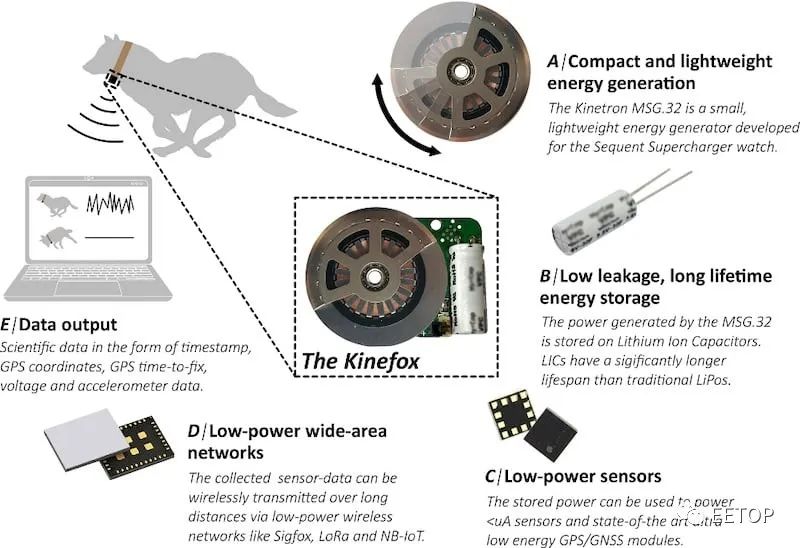
Kinefox utilizes a micro-generator and supporting electronics, relying solely on the energy generated by the animals to periodically transmit their locations. Image courtesy of PLoS ONE
Kinefox was tested on five animals (three domestic dogs, one wisdom tooth dog, and one Exmoor pony) to assess its capabilities. Overall, the energy generated largely depends on the specific animal and its activities. However, even with the least observed energy, these animals powered two GPS transmissions in three days using Kinefox, with one dog generating over 10 joules of energy in one day. Thus, while it may not be the best solution for all sensors, the micro-generator appears to provide designers and scientists with a new tool for long-term studies with infrequent data transmissions.
BLE Energy Harvesting
In the IoT space, e-peas has partnered with InPlay to develop an energy harvesting BLE sensor beacon platform that combines energy harvesting with sensing/communication to shape the future of IoT. This solution utilizes two main components: the e-peas power management IC compatible with photovoltaic (PV) batteries and energy storage elements and the InPlay BLE beacon.

The AEM10330 power management IC requires only four external components, creating a compact solution for photovoltaic integration in energy harvesting sensors. Image courtesy of e-peas
This solution aims to provide designers with battery-free sensors to simplify dense IoT deployments while maintaining functionality. As with many IoT sensors, size is a key factor, thanks to the small footprint of the AEM10330 power management IC. Additionally, the ultra-low power consumption of the IN100 NanoBeacon ensures BLE communication does not impose significant power requirements on the photovoltaic battery.
Indoor Solar Solutions
Dracula Technologies recently reported a 25% improvement in performance of its photovoltaic cells under indoor lighting conditions compared to traditional photovoltaic cells. Since indoor lighting is typically much weaker than outdoor light, indoor solar harvesting for IoT can be quite challenging. However, with Dracula Technologies’ LAYER technology, indoor solar energy may reach new efficiencies.
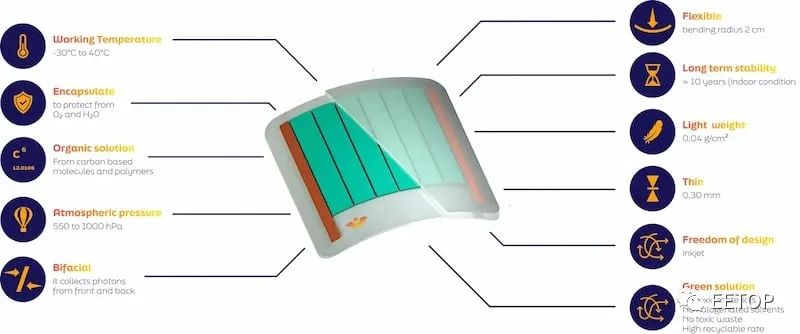
The LAYER module allows engineers to better utilize indoor lighting to power electronic devices without dedicated R&D costs. Image courtesy of Dracula Technologies
Dracula Technologies reports that its LAYER technology performs best under light levels of 5-1,000 lux, as dim as emergency exit lights. Recent research shows that the LAYER module can provide 750μW of power under 1000 lux, offering new energy for low-power IoT applications. Furthermore, as future regulations may govern the use of non-rechargeable batteries, this new indoor energy may help keep IoT sensors compact.
Utilizing Environmental Energy
While there may not be a single best energy source for every application, the abundance of new energy sources indicates a trend in environmental energy harvesting for new low-power applications. As sensors become smaller and power consumption decreases, the next generation of devices may no longer require dedicated power sources.
As technology evolves alongside sensors and communications, it will be interesting to see how energy harvesting balances with communication efficiency. Through wireless energy harvesting, Wi-Fi beamforming only sends energy to required devices, reducing ambient RF energy. Therefore, RF energy harvesters may need to adopt dedicated RF wireless chargers. Regardless, the tools seen here may benefit designers who now have more options as they explore how to power the next generation of connected sensors.
This article is compiled by EETOP from allaboutcircuits
